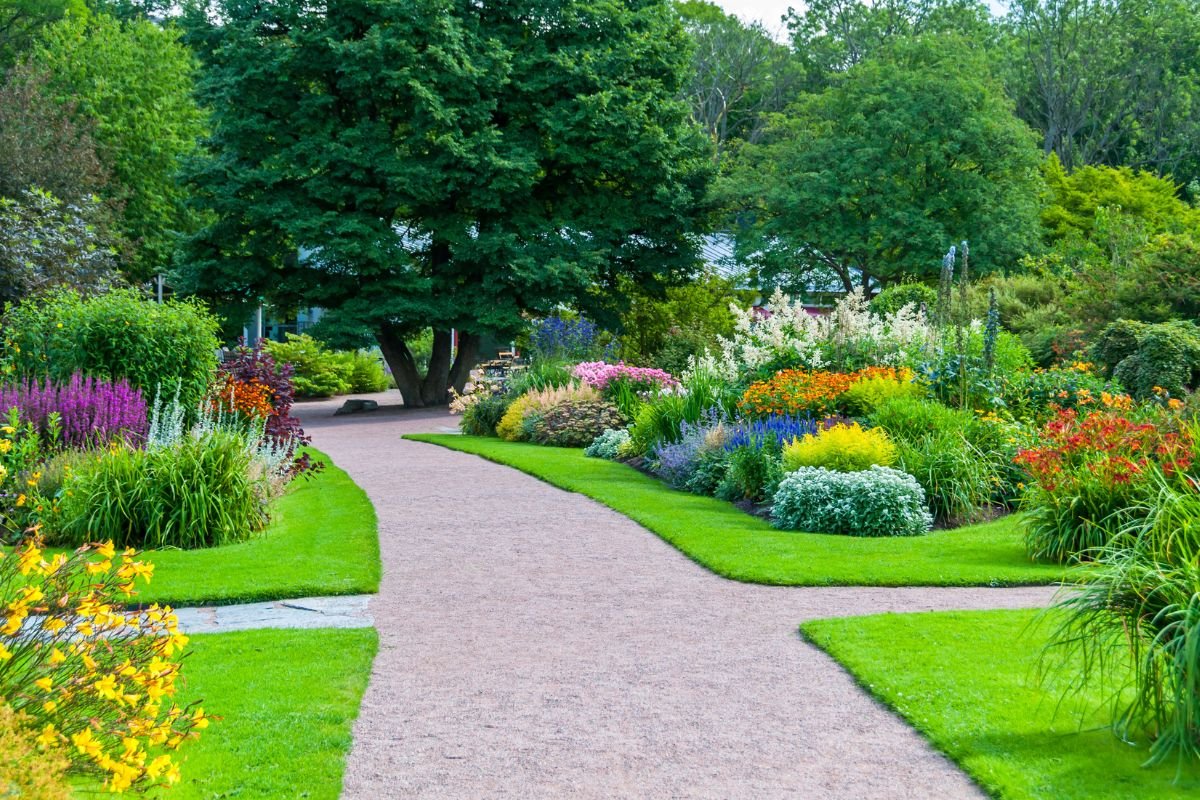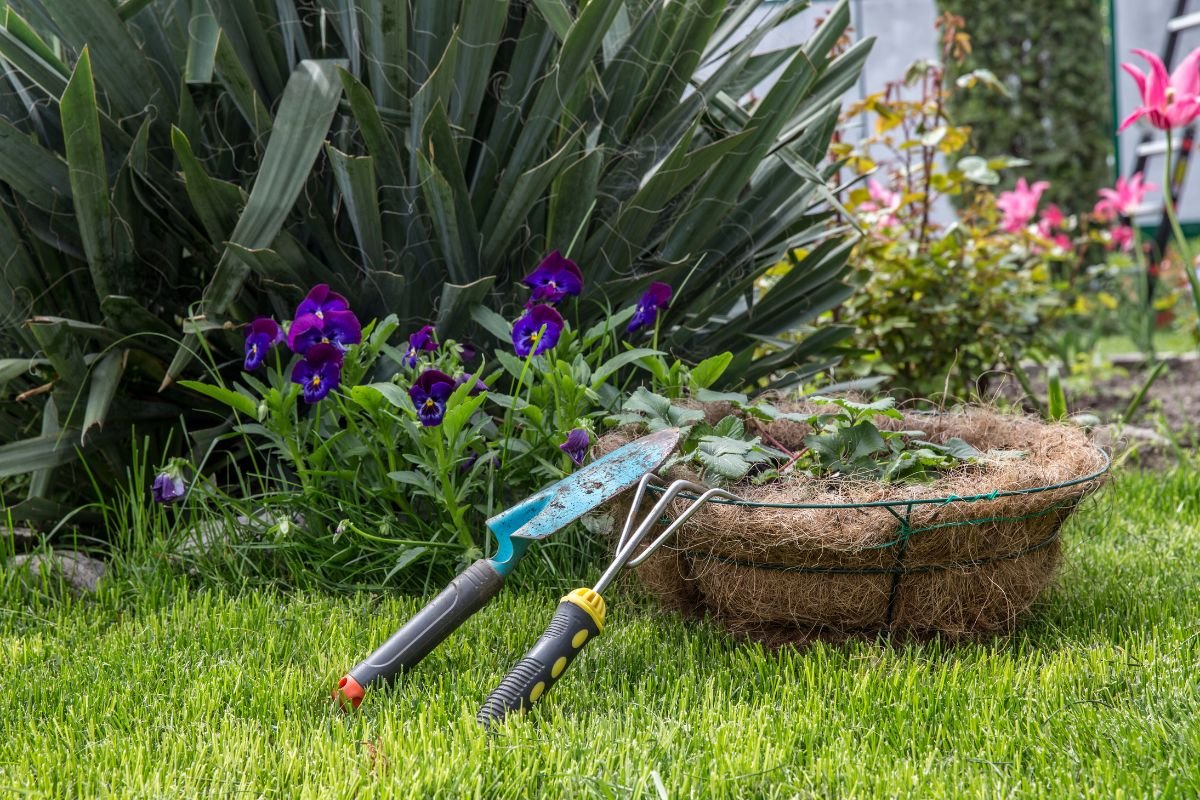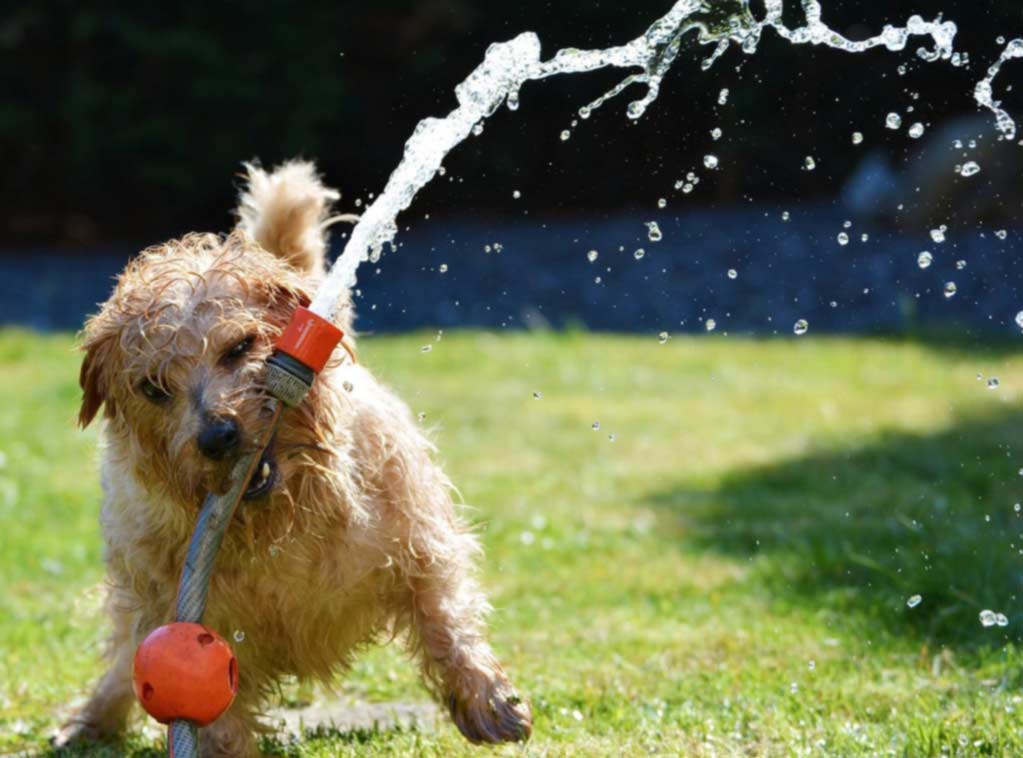When your yard or garden is not looking at its best, or you’re trying to keep it looking as good as it currently does, you might think water is the answer. While it can be, it’s not just a case of spraying the hose onto your gardens and lawns and hoping the result is a lush, stunning paradise. There is almost an art form to lawn care and watering the lawn, which is why you need to do your research before running rampant with a hose.
Whether you’re using a watering can, a hose, a sprinkler or a drip irrigation system, you will be surprised to know there is a right and wrong approach. Learn about watering the lawn effectively below to ensure it looks its best for longer.
Garden Hose
If you’re carrying out lawn care with a garden hose, or are using it for watering the lawn, you will soon learn there are as many positives as there are negatives in this approach. Without a special nozzle or spray function, you run the risk of flooding your lawn or garden - especially if there is a significant volume of water hitting the ground at one time.
When you use a garden hose for lawn care, pay attention to the flow. Make sure it’s a light drizzle rather than a flash flood that can do more harm than good. What’s more, when you’re watering the lawn with a garden hose, you need to stop as soon as the soil stops absorbing the water. If you’re not quite sure whether it has had enough, use a screwdriver and dig it into the ground. The moisture, to be sufficient, needs to be between 150 and 250mm into the soil. If it’s not, keep watering until it is.
Not sure if a garden hose is the best option for your lawn? Contact an expert or consider these pros and cons.
Pro - Cover a larger area and be in control
Con - Doesn’t always reach where you need it to be
Tip: Buy a special nozzle for your hose if you don’t have one. A spray function is far better than an uncontrolled flood of water.
Watering Can
For smaller sections, watering the lawn with a watering can is the most effective way to carry out lawn care. A watering can may also be more convenient if your garden hose doesn’t reach an area of your yard that’s in dire need of moisture. However, if you’re yet to buy a watering can to carry out the task, then you may want to pay attention to both the options available to you and the size and scale of the task at hand.
While you wouldn’t use a watering can for large yards, you will find they’re more than suitable for small patches, and smaller garden beds as well. The average watering can, one that you may discover ticks all the boxes is a round version with a wider mouth, a handle, and a long spout. To use it, you fill the water compartment, point the spout at the area you want to water, then keep the water flowing until the soil stops absorbing it. However, be sure to choose one with a shower-like nozzle. The water is then able to disperse evenly over the ground, rather than in a big puddle.
If you only have a small section, a smaller watering can may also be effective. Smaller watering cans tend to be suitable for garden beds, borders, and hanging plants.
However, sometimes people use watering cans out of necessity - such as when you don’t have an external tap for fitting a garden hose. If lawn care is becoming a challenge and a watering can isn’t cutting it, you may find that expert help is necessary to ensure your lawn is looking spectacular at all times.
Pros - Suitable for small areas and offers more control
Cons - Takes more time and effort
Tip: Make sure your watering can has a nozzle, so you get even water distribution
Sprinkler Systems
If you lead a busy lifestyle, but you’re also houseproud, then a sprinkler system may be a beneficial option for your lawn care. However, you need to be wary of your water use. If you live in a particularly dry region where water bans are often in effect, then it might not be the best solution for you. Sprinkler systems, while easy to set up and maintain, do use a lot of water which is not only wasteful but dangerous when you’re trying to create the perfect lawn.
Where possible, set your sprinkler on a timer system. This not only helps to use less water but can prevent drowning new plants that need a little more care than others. However, while they do use a lot of water, sprinkler systems are exceptionally convenient. You can, in essence, “set and forget”, which gives you more time to take care of other chores rather than worrying if your lawn is getting enough moisture.
Pros - They cover a larger area but with minimal effort
Cons - Can be wasteful with water and dangerous for new growth
Tip: Invest in a high-quality sprinkler system with a timer unit to reduce water wastage.
Drip Irrigation
Drip irrigation is a suitable lawn care option for those with small yards and individual plants. They are water efficient systems, don’t have as much water run-off as other systems, and don’t evaporate as quickly as well. If you’re looking for a convenient method of watering your lawn when it’s not large enough to warrant a sprinkler system, you’ll find that a drip irrigation system can tick all the boxes.
However, maintenance can be a little tricky. You need to make sure you check for clogs and blockages, flush the irrigation lines twice-annually, and you also need to adjust the water amount for each plant.
Pros - Water efficient
Cons - Challenging to set up and get right
Tip: If you’re on a limited supply of water such as rainwater, a drip irrigation system can make sure you use it wisely.
It might seem like any water your yard gets is going to be beneficial, but that couldn’t be further from the truth. Lawn care takes some trial and error before you see the results you’re looking for. If your lawn is a little worse for wear, why not get in touch with lawn care experts to set it on the right track?
































